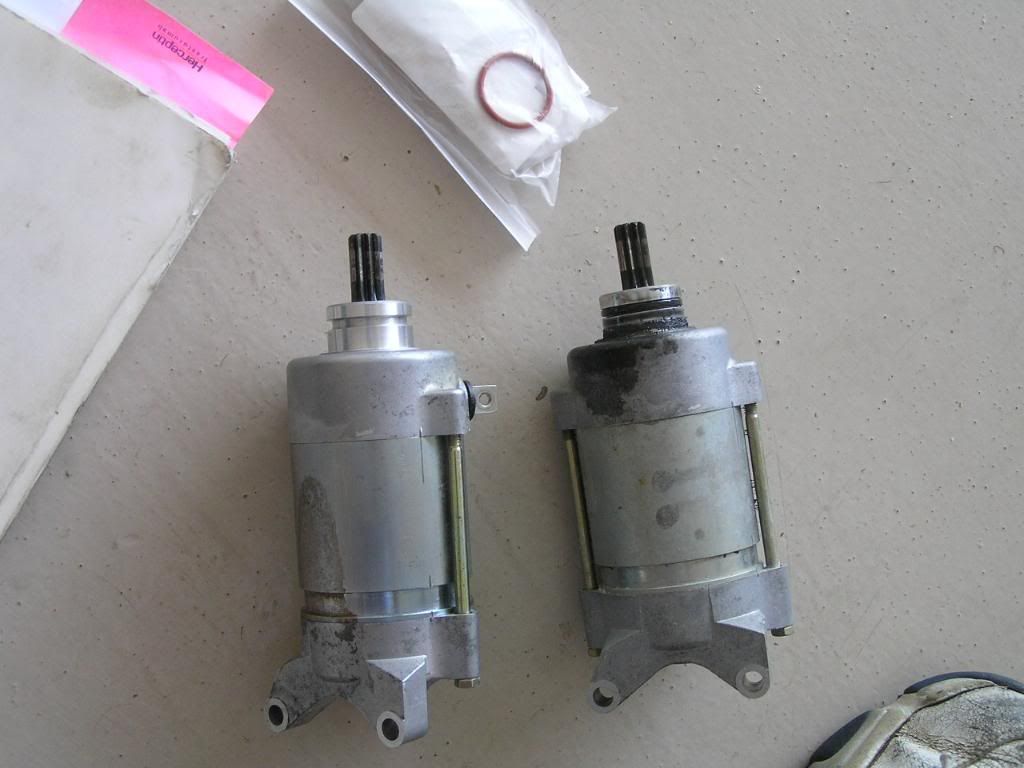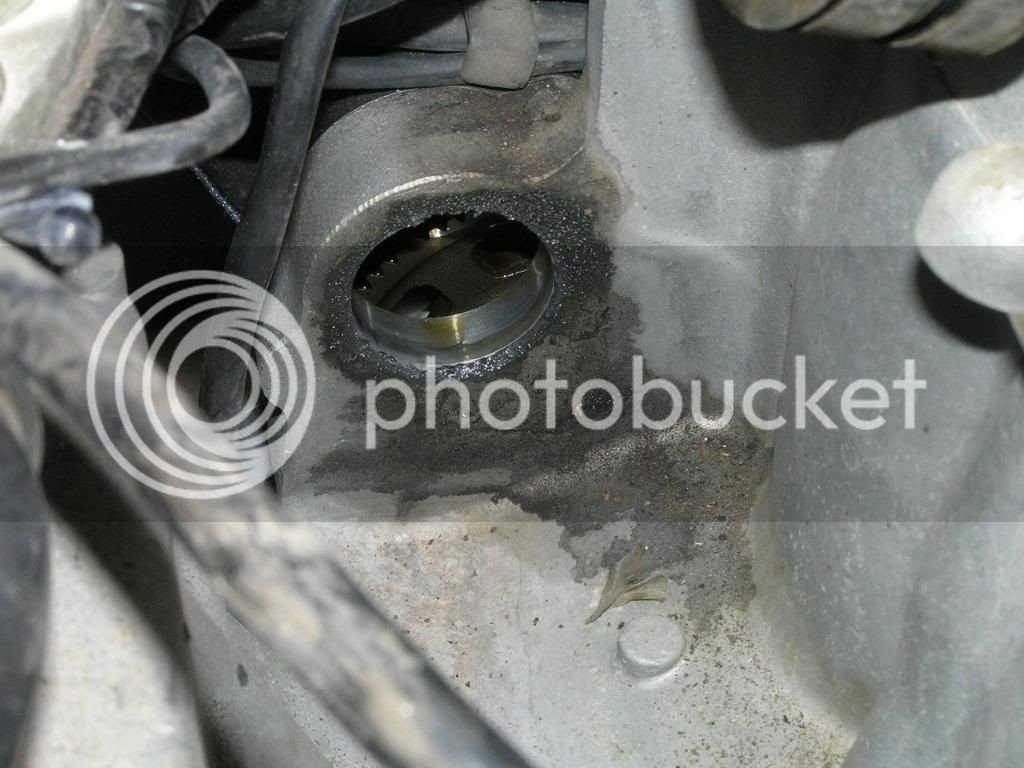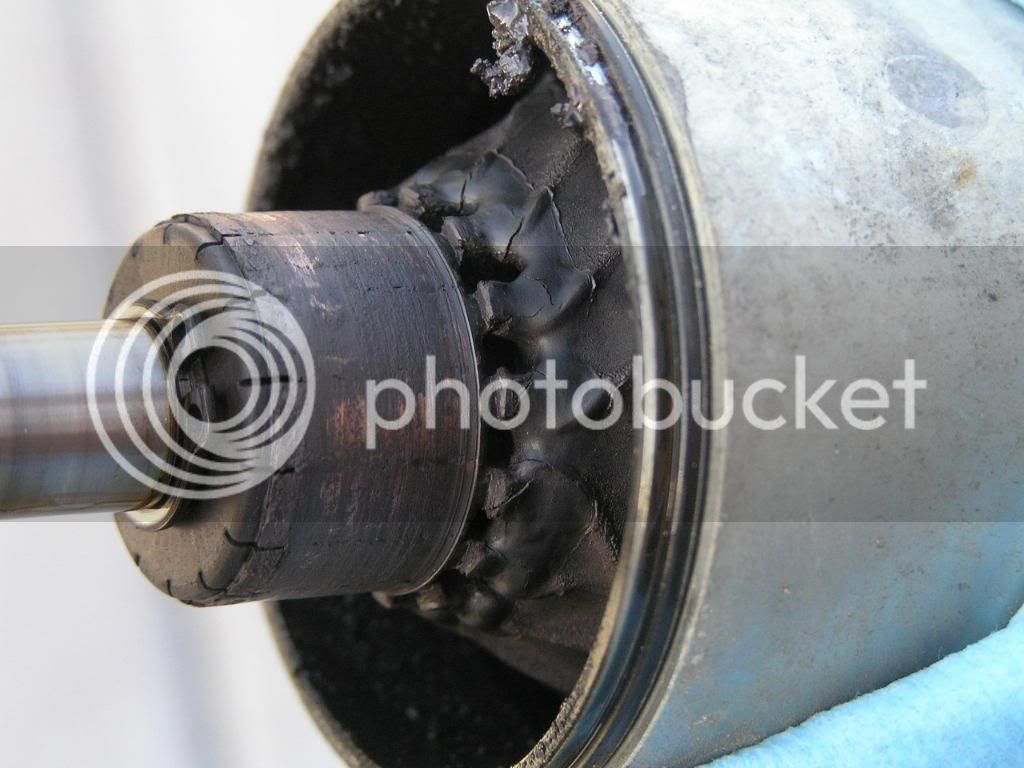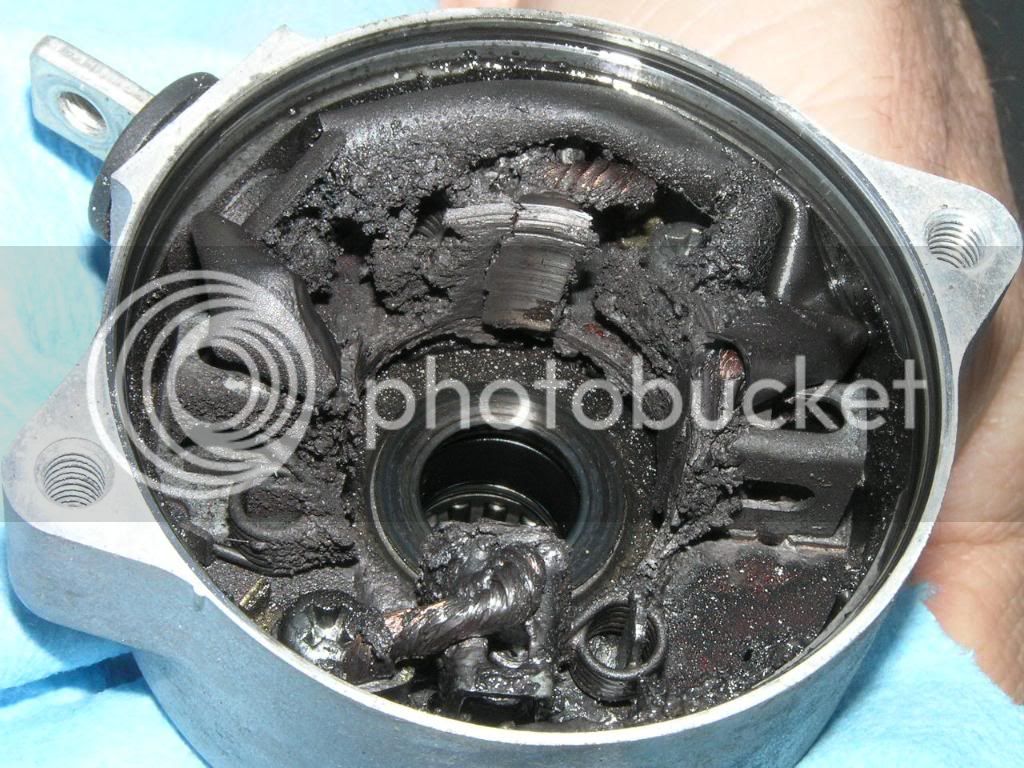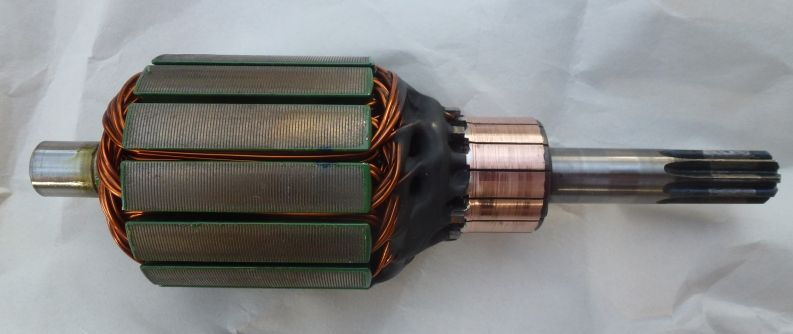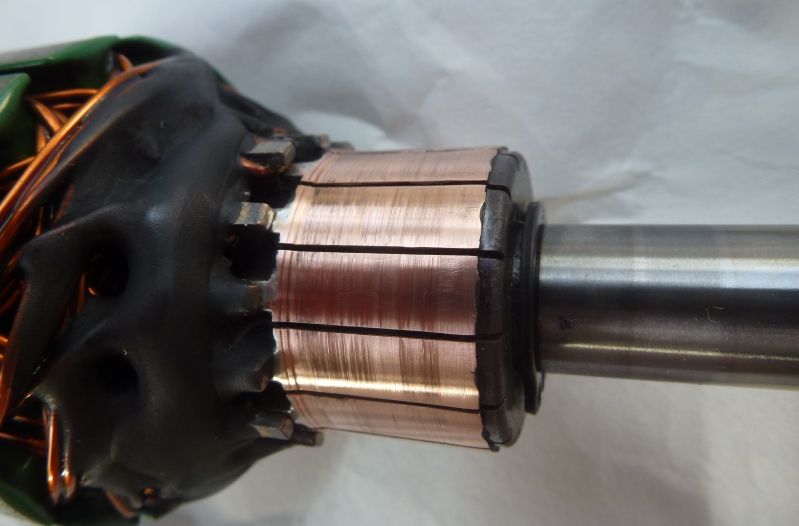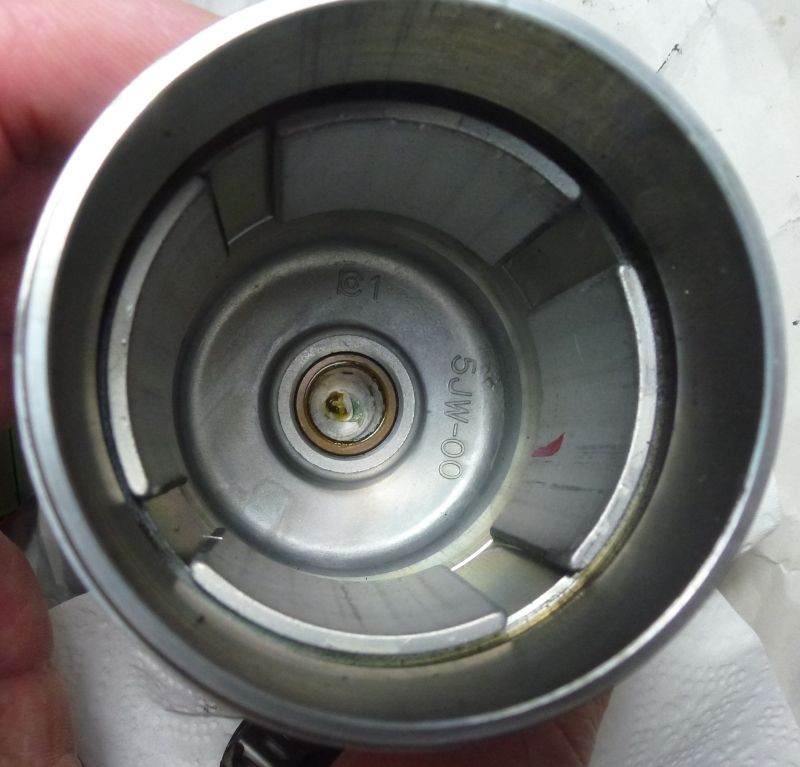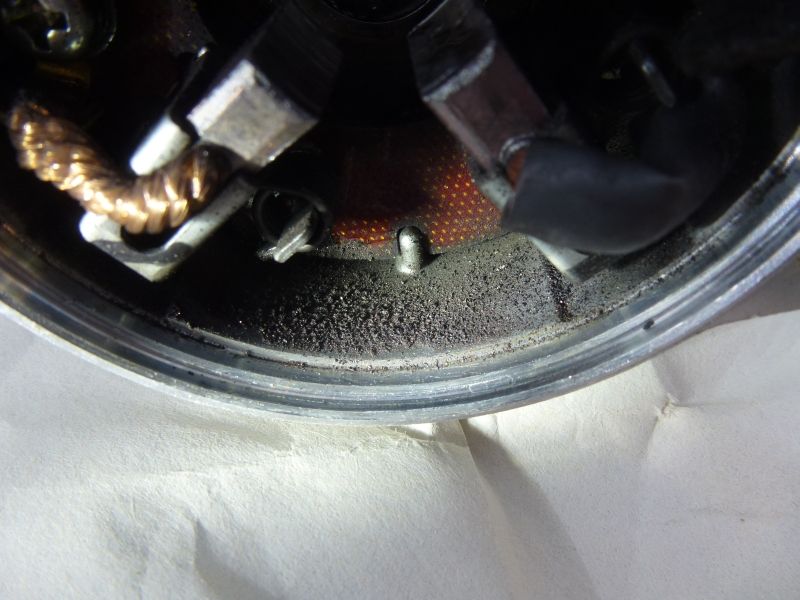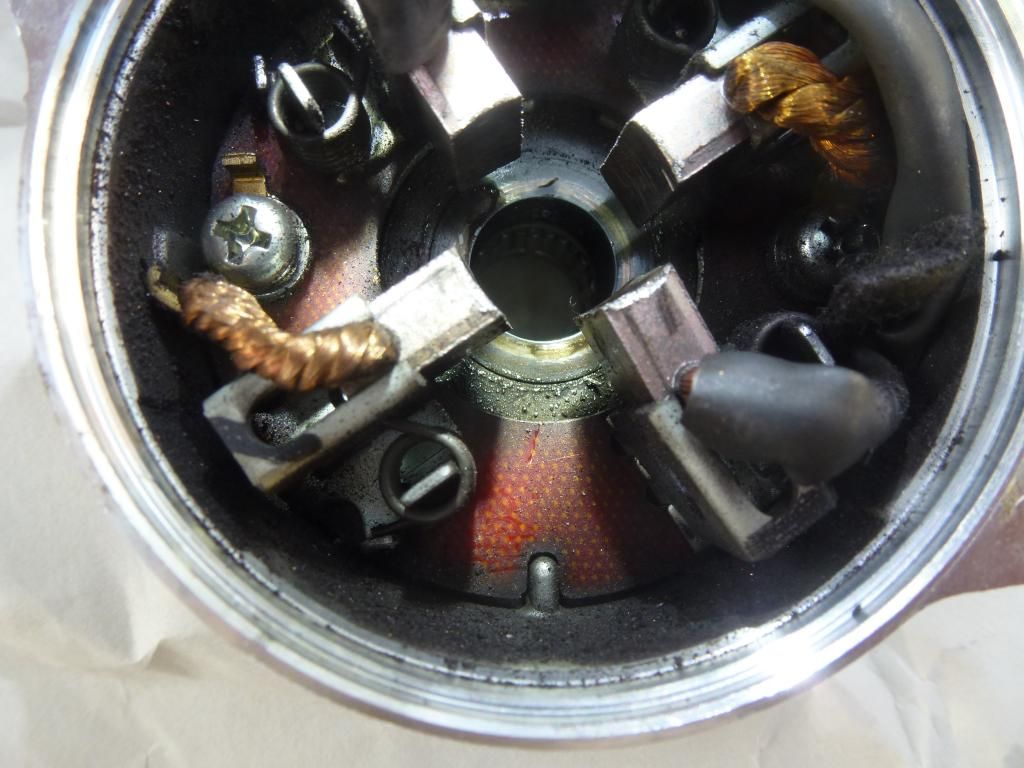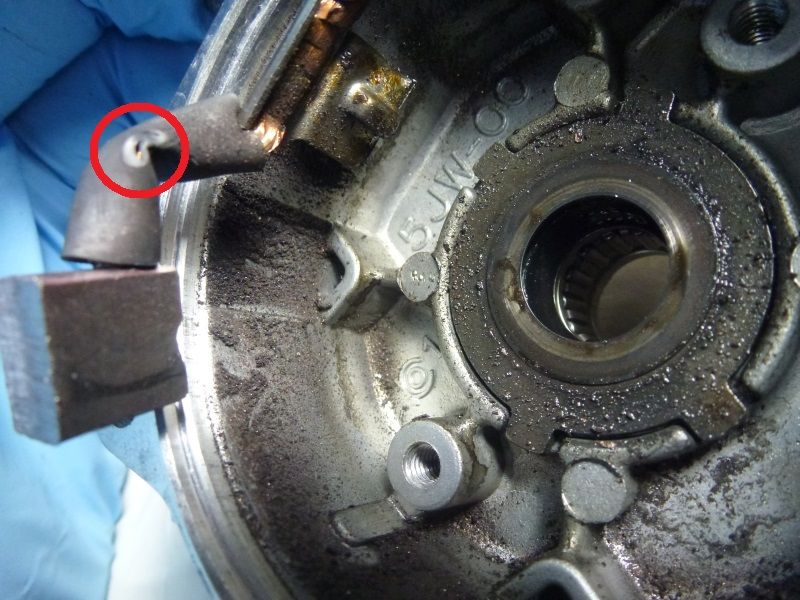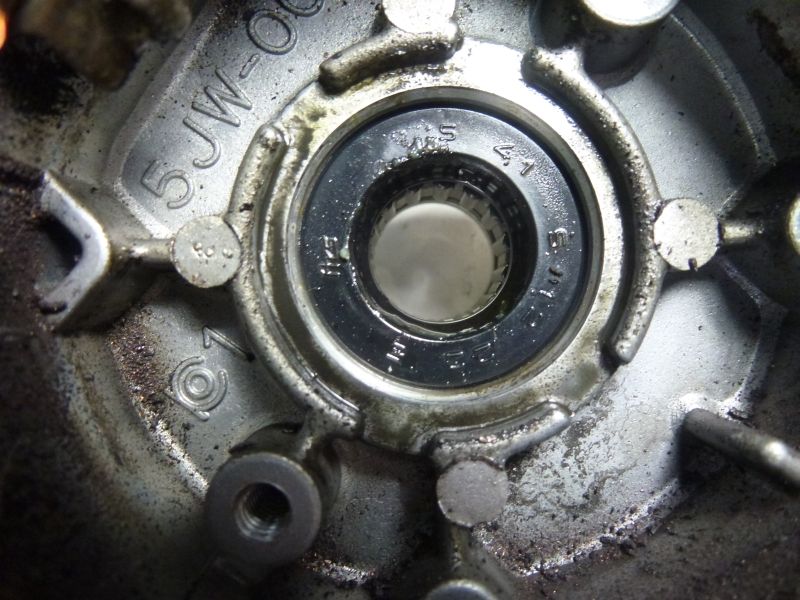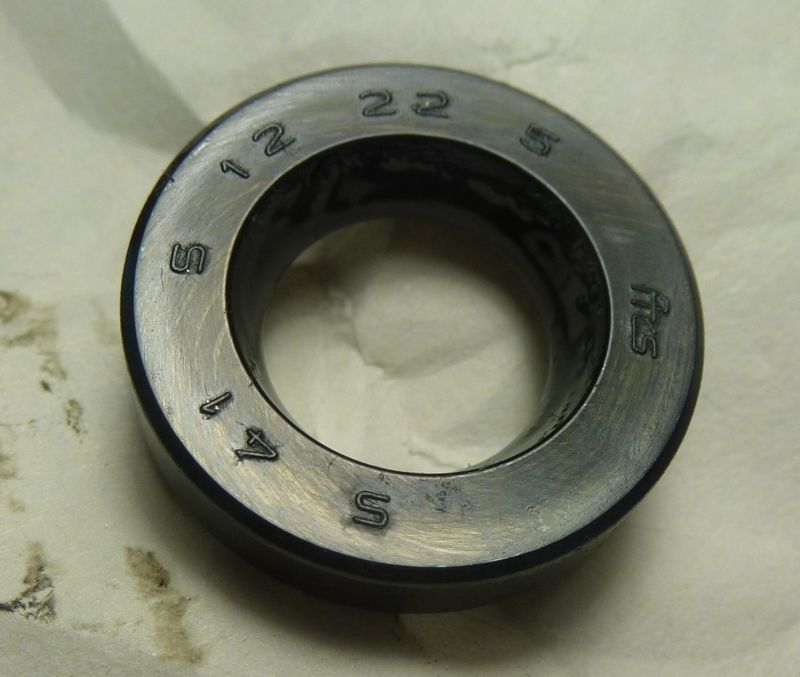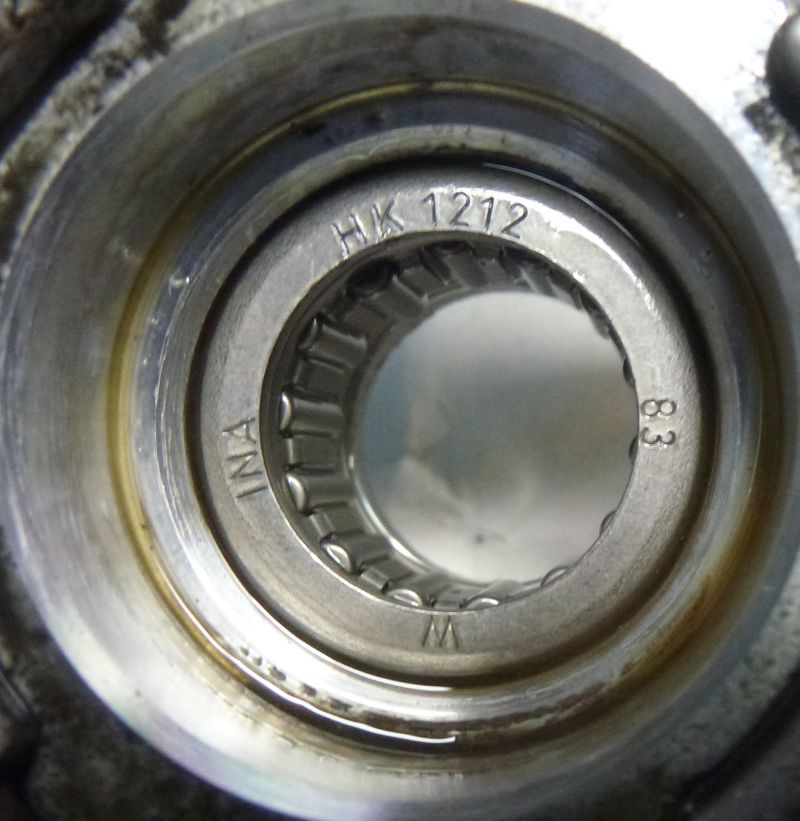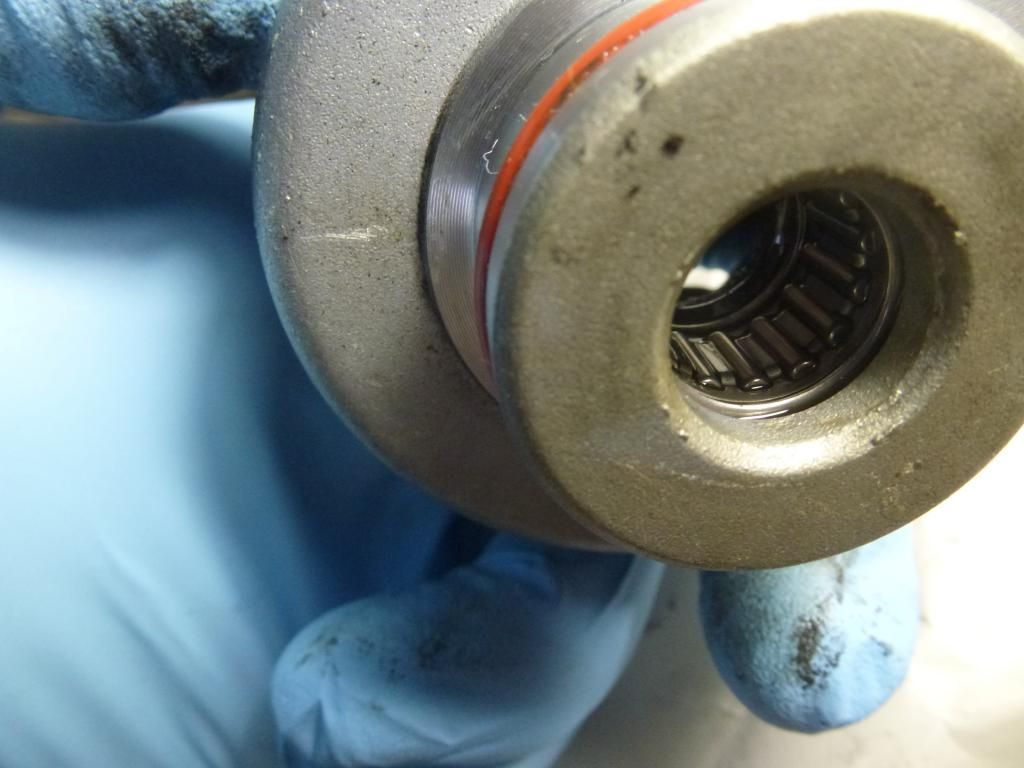0-8er
Member
Several months ago I noticed the starter on my bike would slow down prior to the engine catching and starting. I had bought a cheap battery a year and a half before and I thought the battery was at end of life, so, time for a new one. I bought a Lithium battery to try out and the bike wouldn't even start until the third or fourth attempt, the starter would just quit spinning with the bike hot or cold. I thought the Lithium battery was bad so I returned it (Amazon) and bought a Yuasa. The starter showed the same symptoms of slowing down before the engine would catch with the Yuasa but at least the bike would start every time. That is until the day it was 108 when I rode home from work. It took four tries, the last with a cracked throttle, to start the bike so I could move it into the backyard.
I searched the forum and found wfooshee's post here among others on starter problems. I checked the ground connection from the battery to the engine, then checked the starter relay and circuit to the starter, then came to the conclusion I had a starter going out. Not something I wanted to deal with as temperatures here are cooling and prime riding season is here.
I pulled the starter out after uncovering it and ran the test wfooshee described with the starter bolted to the side rail. Even out of the engine, the starter would slow down when energized. Voltage at the starter dropped to 6.8 volts in about four seconds. Using a clamp-on ammeter, the starter current draw was 210 amps and climbing. I pulled the starter apart, it was clean inside and the brushes showed little wear just like the pictures wfooshee posted. I did notice the slots between the commutator segments were full of carbon and maybe a little oil. The commutator diameter measurement showed little if any wear.
I chucked the stator in a drill press and used 600 grit sand paper as mentioned in the manual to clean up the commutator. I cleaned the commutator slots out, measured stator resistance (OK), reassembled the starter and retested it bolted to the side rail. Voltage at the starter dropped to 11.3 volts and held steady. Based on my auditory tachometer, the starter did not slow down at all. Starter current draw was a steady 40 amps. I'm guessing carbon dust and oil shorting commutator segments together is a bad thing.
Has anyone with starter problems had success with just dressing and cleaning the commutator, then running the starter for an extended period of time?
I plan on putting the starter back in and running it. If it keeps cranking until my next valve clearance check, I may dress and clean the commutator at each valve clearance check. It only had 30,000 miles on it when I pulled it apart.
Thank you everyone who posts the problems and solutions they run into. This forum is a gold mine.
Before you say it, yes, I know I should have tested the battery first. Next time. And no, I didn't think to take pictures of the starter insides, next time also. But here's a picture of my throttle bodies. I think they need cleaning.

I searched the forum and found wfooshee's post here among others on starter problems. I checked the ground connection from the battery to the engine, then checked the starter relay and circuit to the starter, then came to the conclusion I had a starter going out. Not something I wanted to deal with as temperatures here are cooling and prime riding season is here.
I pulled the starter out after uncovering it and ran the test wfooshee described with the starter bolted to the side rail. Even out of the engine, the starter would slow down when energized. Voltage at the starter dropped to 6.8 volts in about four seconds. Using a clamp-on ammeter, the starter current draw was 210 amps and climbing. I pulled the starter apart, it was clean inside and the brushes showed little wear just like the pictures wfooshee posted. I did notice the slots between the commutator segments were full of carbon and maybe a little oil. The commutator diameter measurement showed little if any wear.
I chucked the stator in a drill press and used 600 grit sand paper as mentioned in the manual to clean up the commutator. I cleaned the commutator slots out, measured stator resistance (OK), reassembled the starter and retested it bolted to the side rail. Voltage at the starter dropped to 11.3 volts and held steady. Based on my auditory tachometer, the starter did not slow down at all. Starter current draw was a steady 40 amps. I'm guessing carbon dust and oil shorting commutator segments together is a bad thing.
Has anyone with starter problems had success with just dressing and cleaning the commutator, then running the starter for an extended period of time?
I plan on putting the starter back in and running it. If it keeps cranking until my next valve clearance check, I may dress and clean the commutator at each valve clearance check. It only had 30,000 miles on it when I pulled it apart.
Thank you everyone who posts the problems and solutions they run into. This forum is a gold mine.
Before you say it, yes, I know I should have tested the battery first. Next time. And no, I didn't think to take pictures of the starter insides, next time also. But here's a picture of my throttle bodies. I think they need cleaning.





